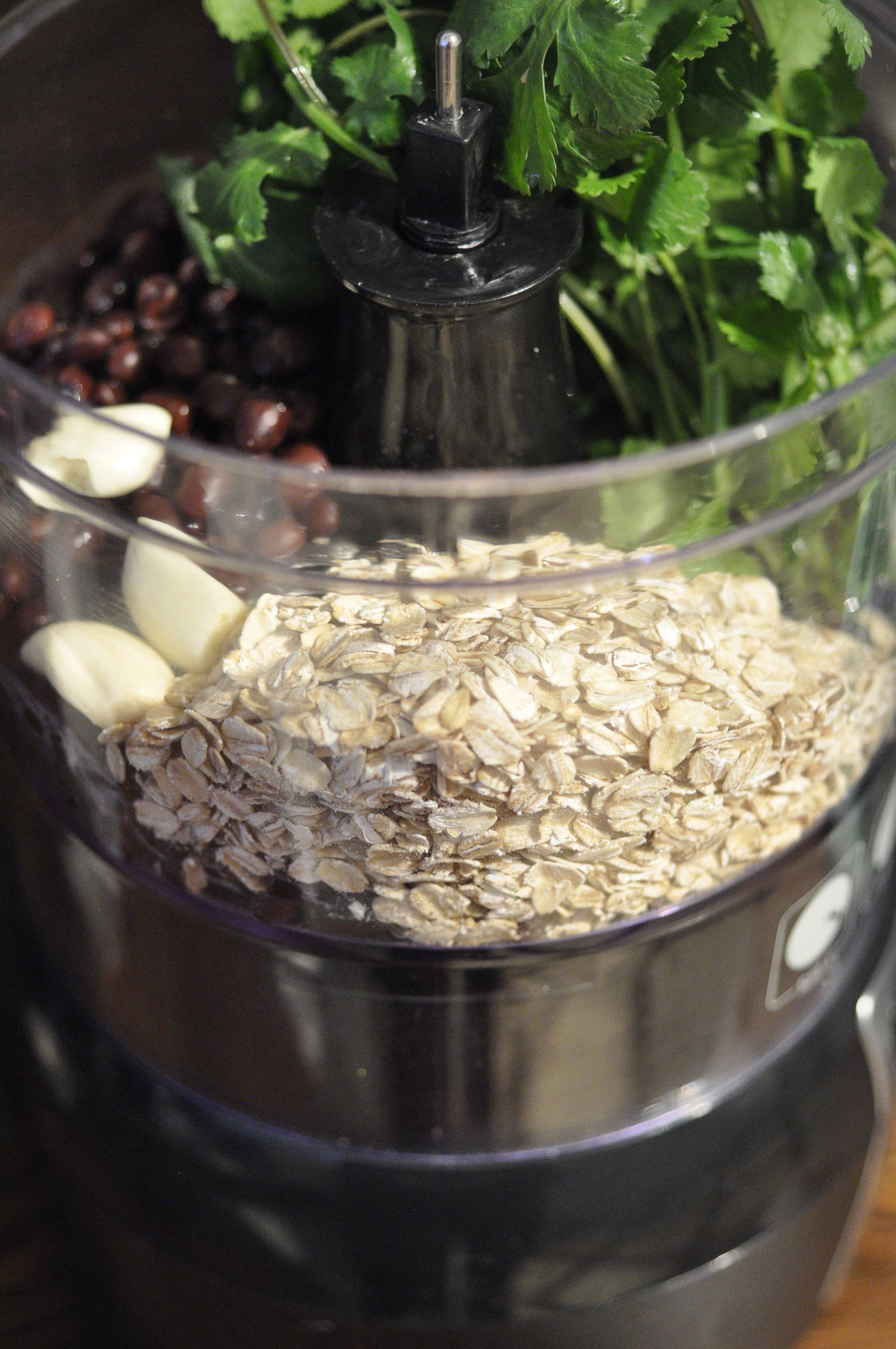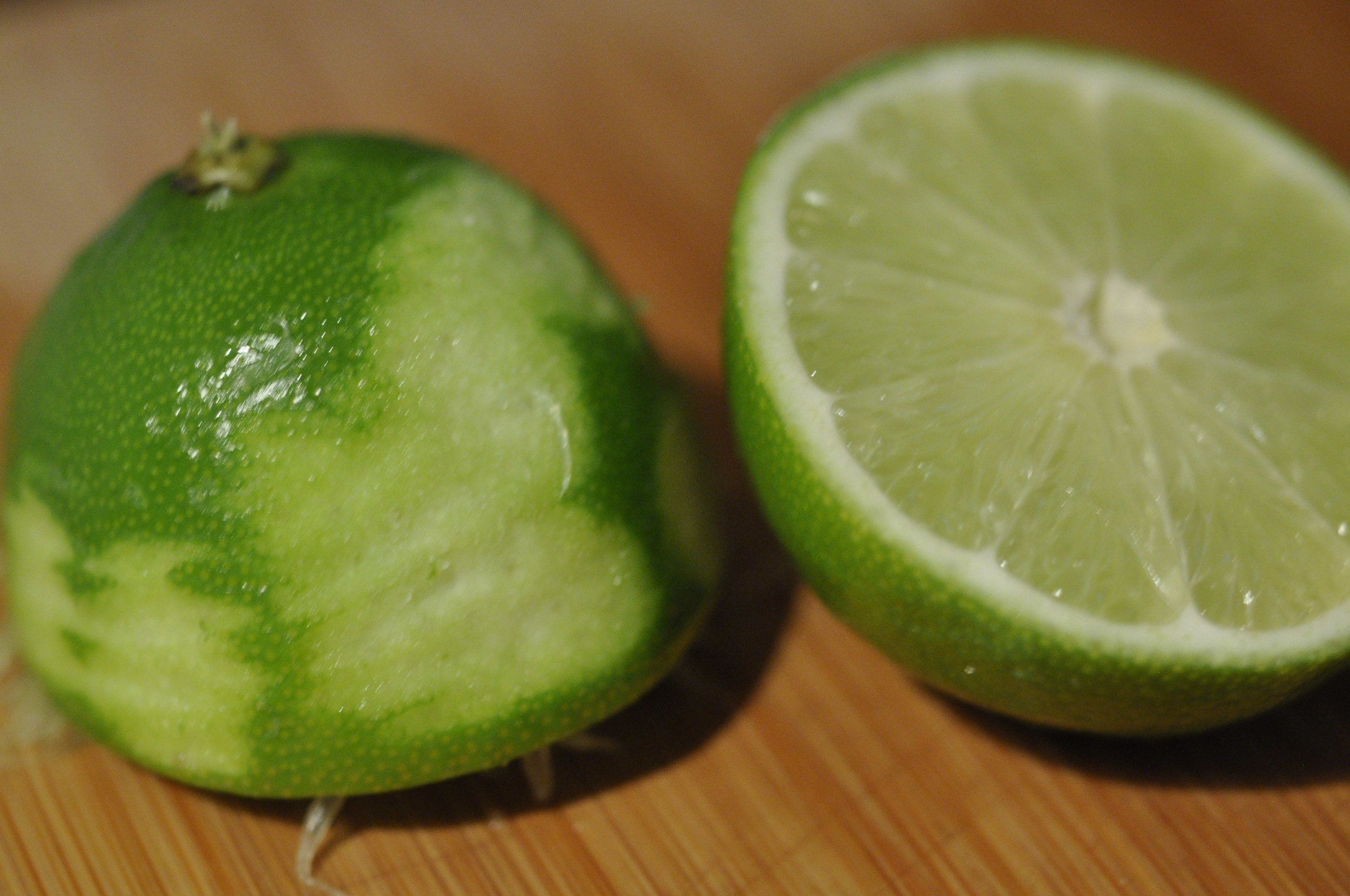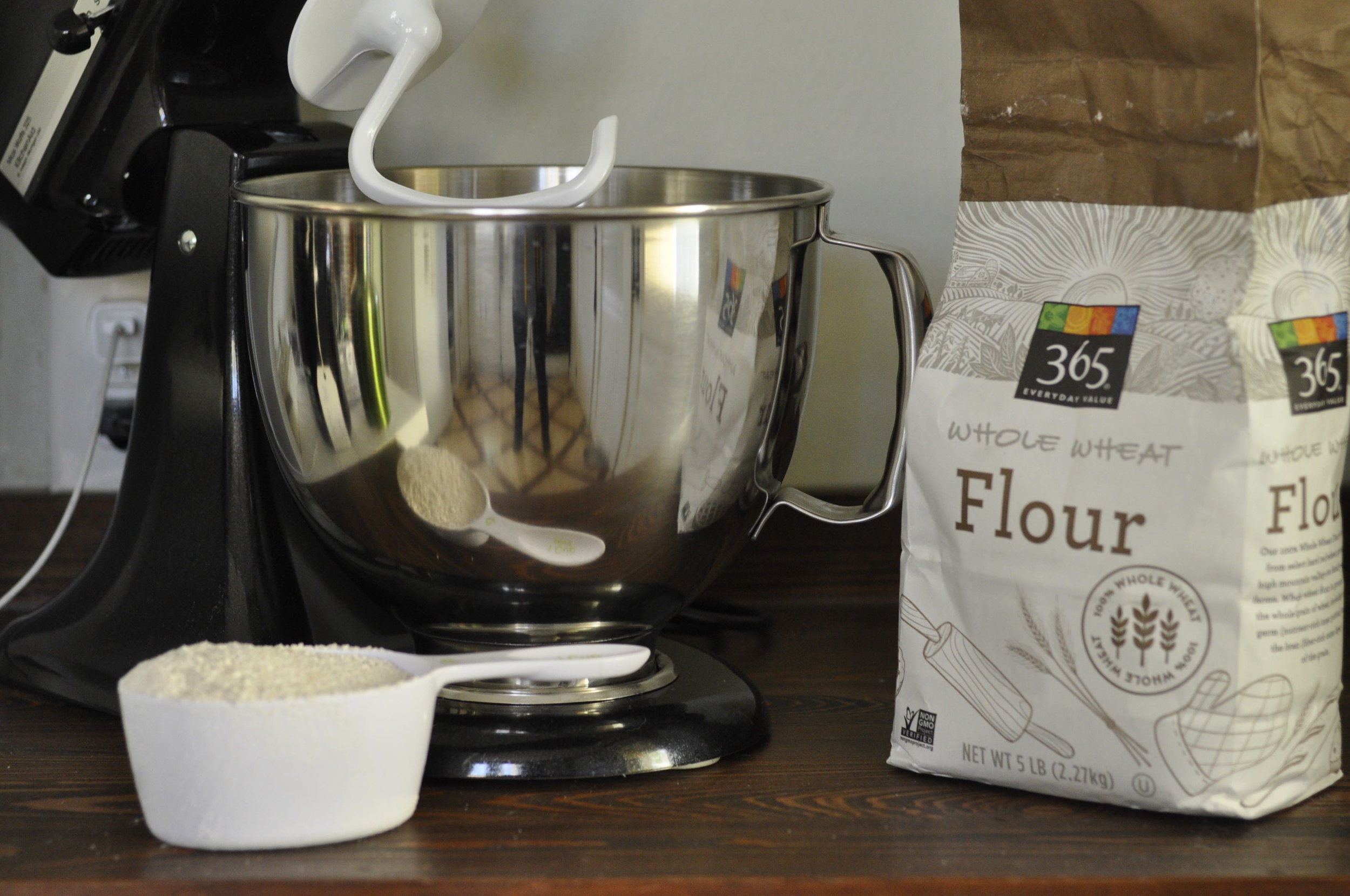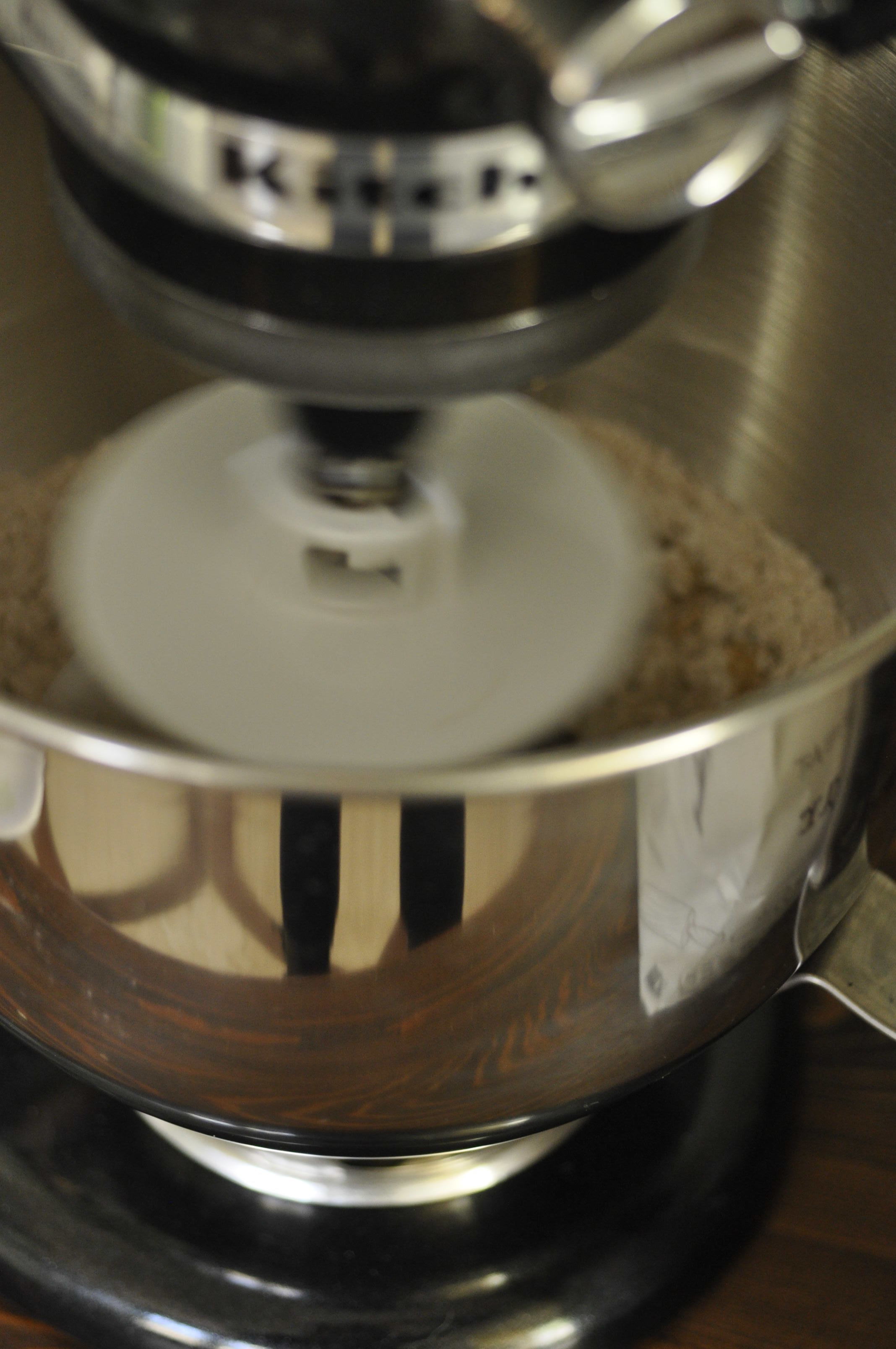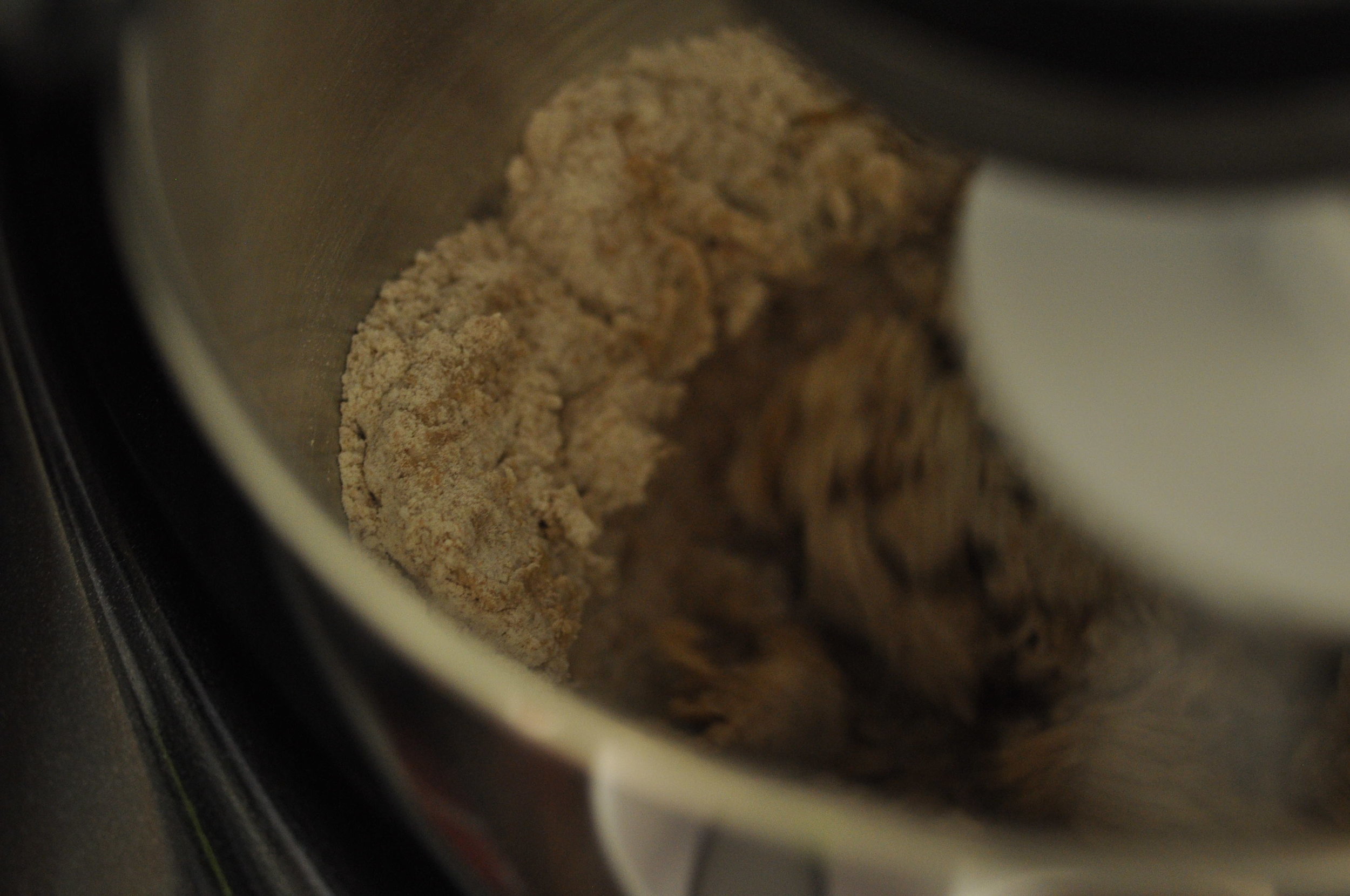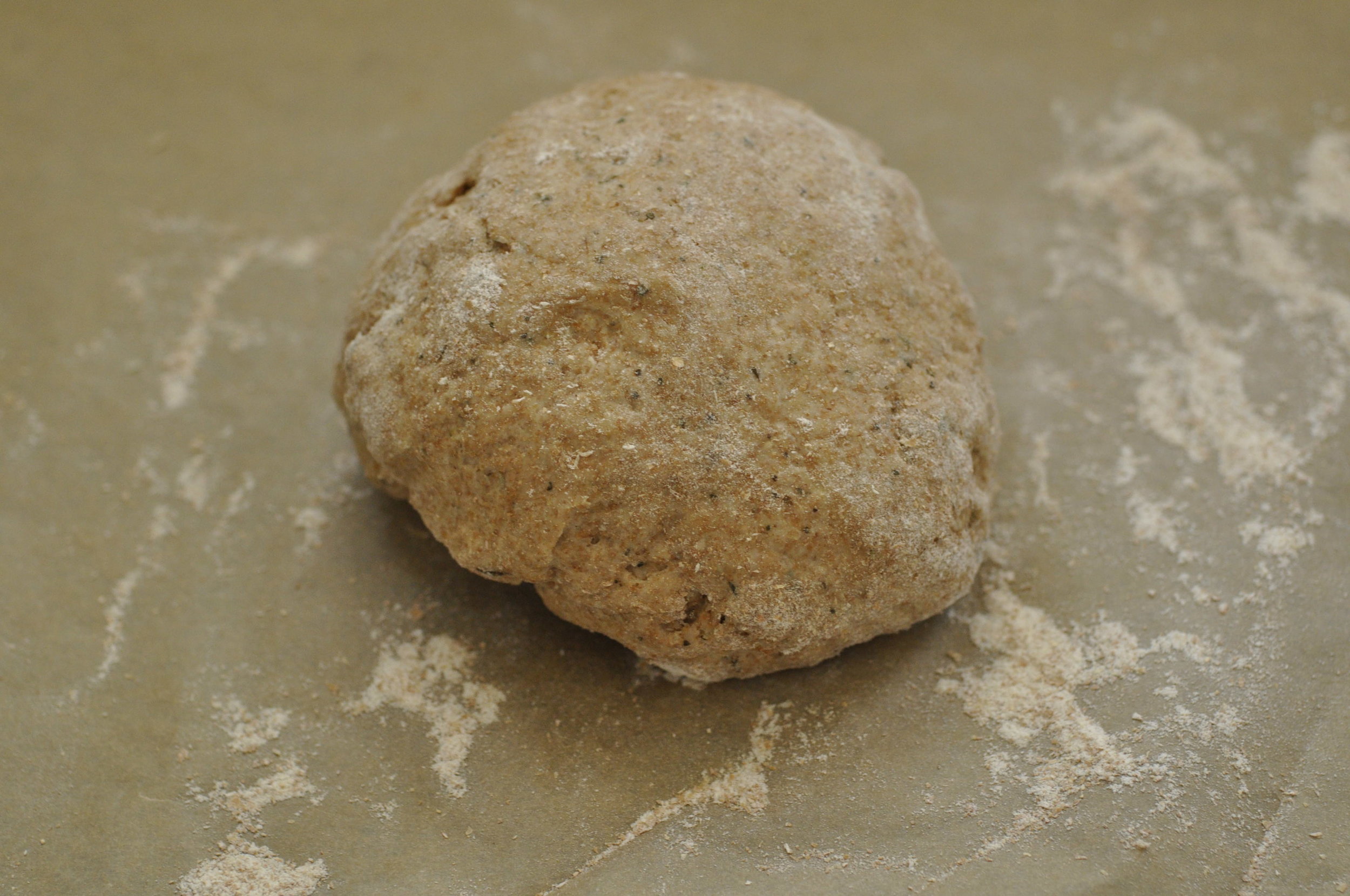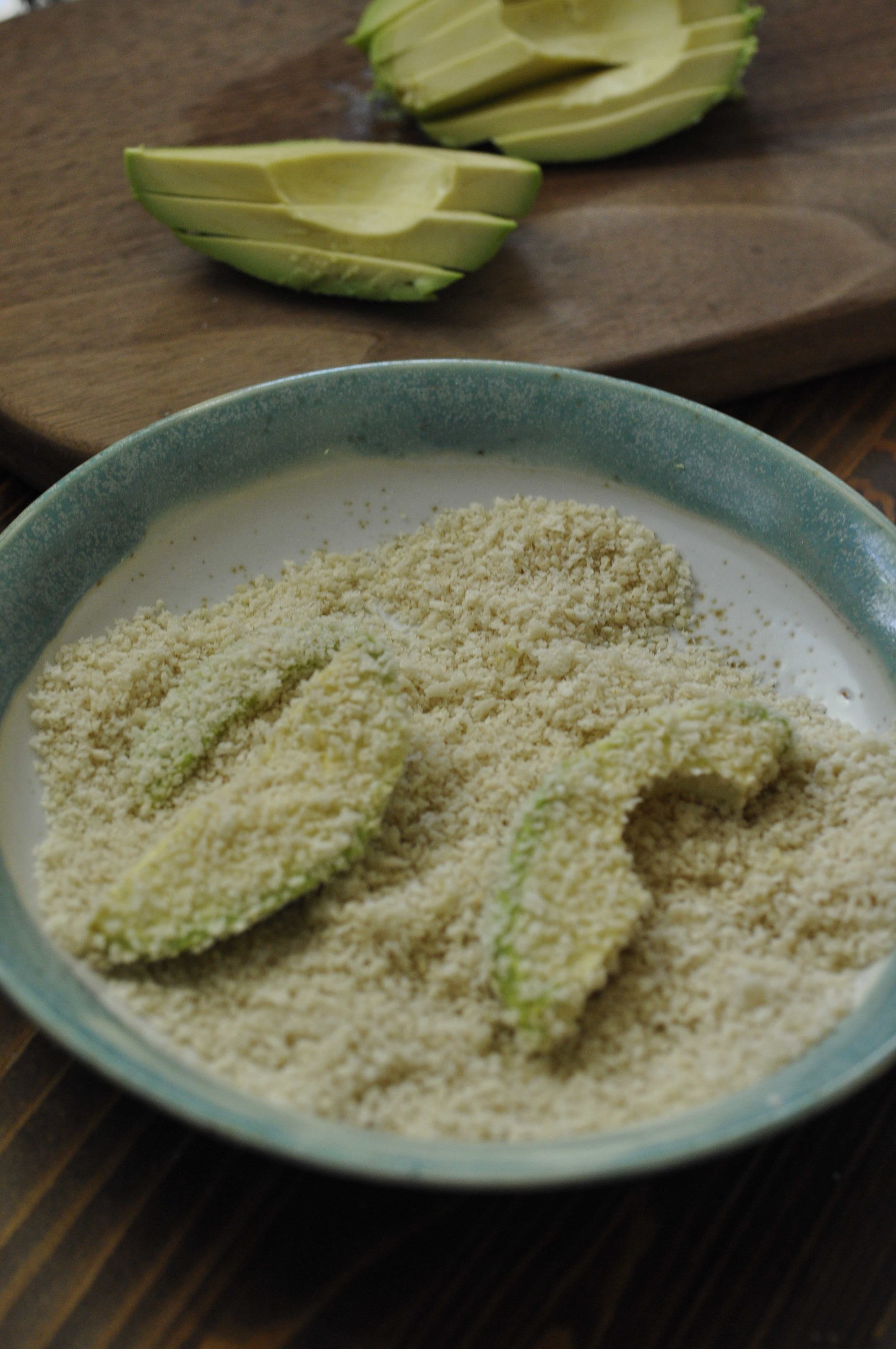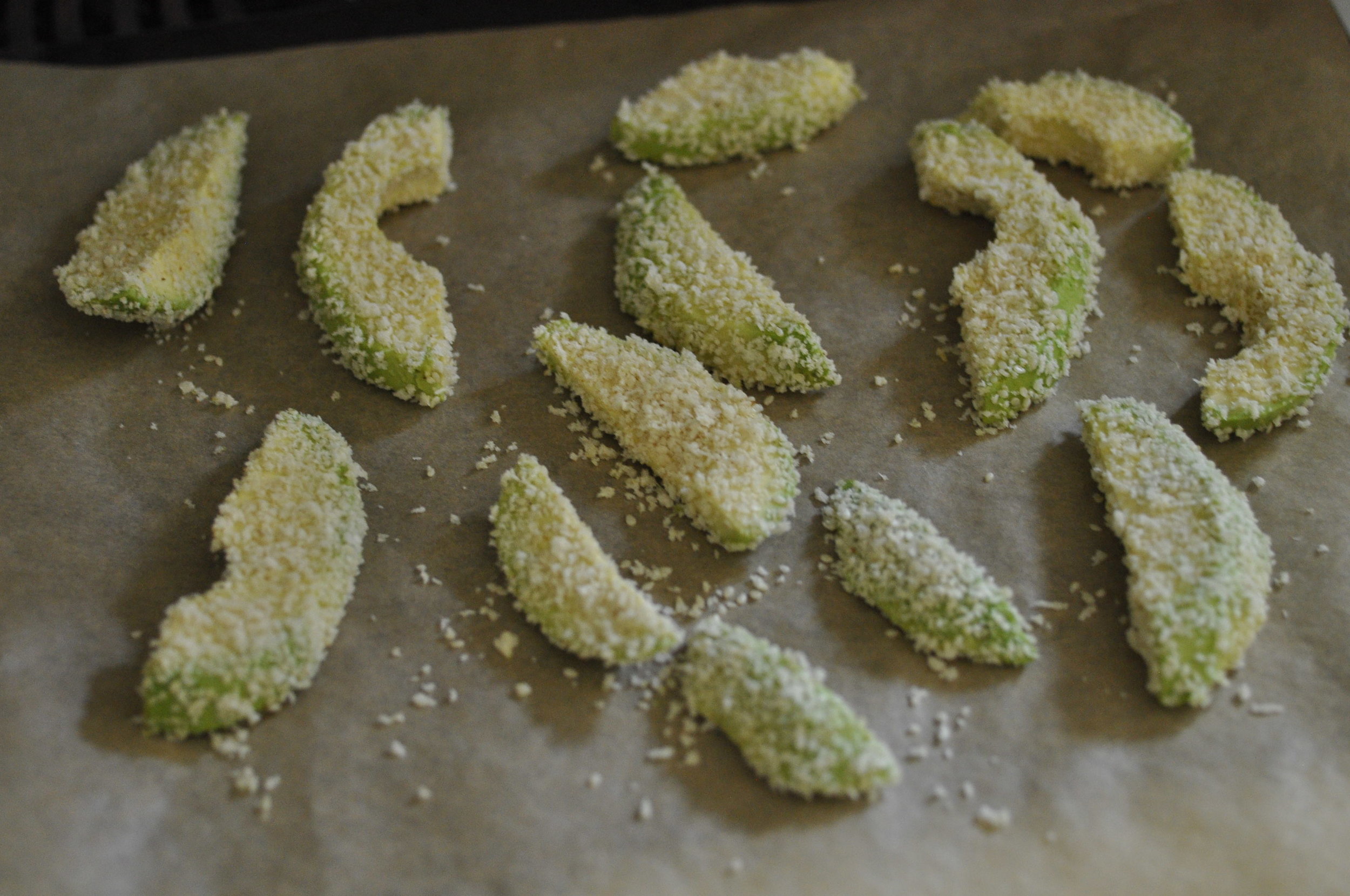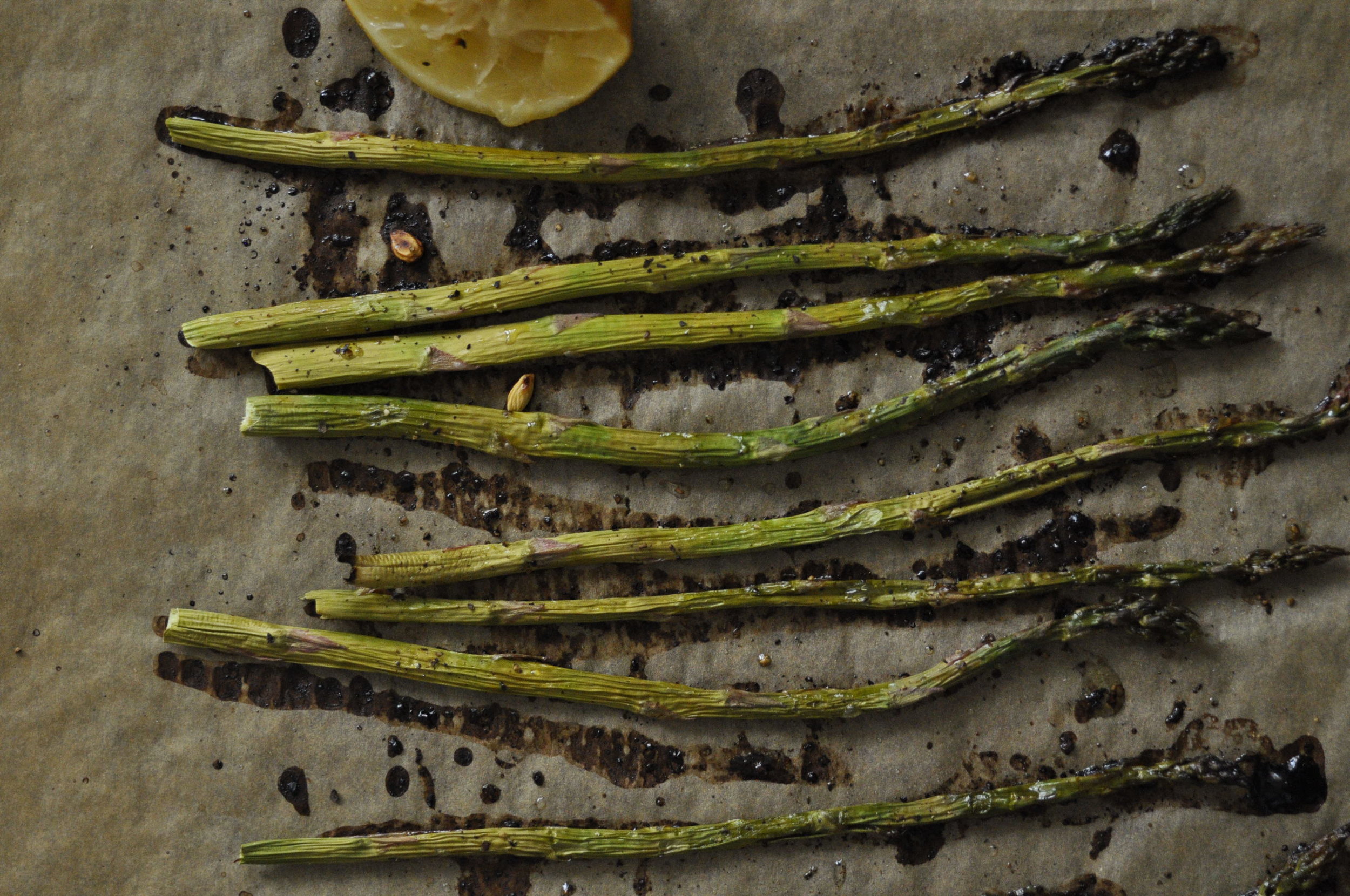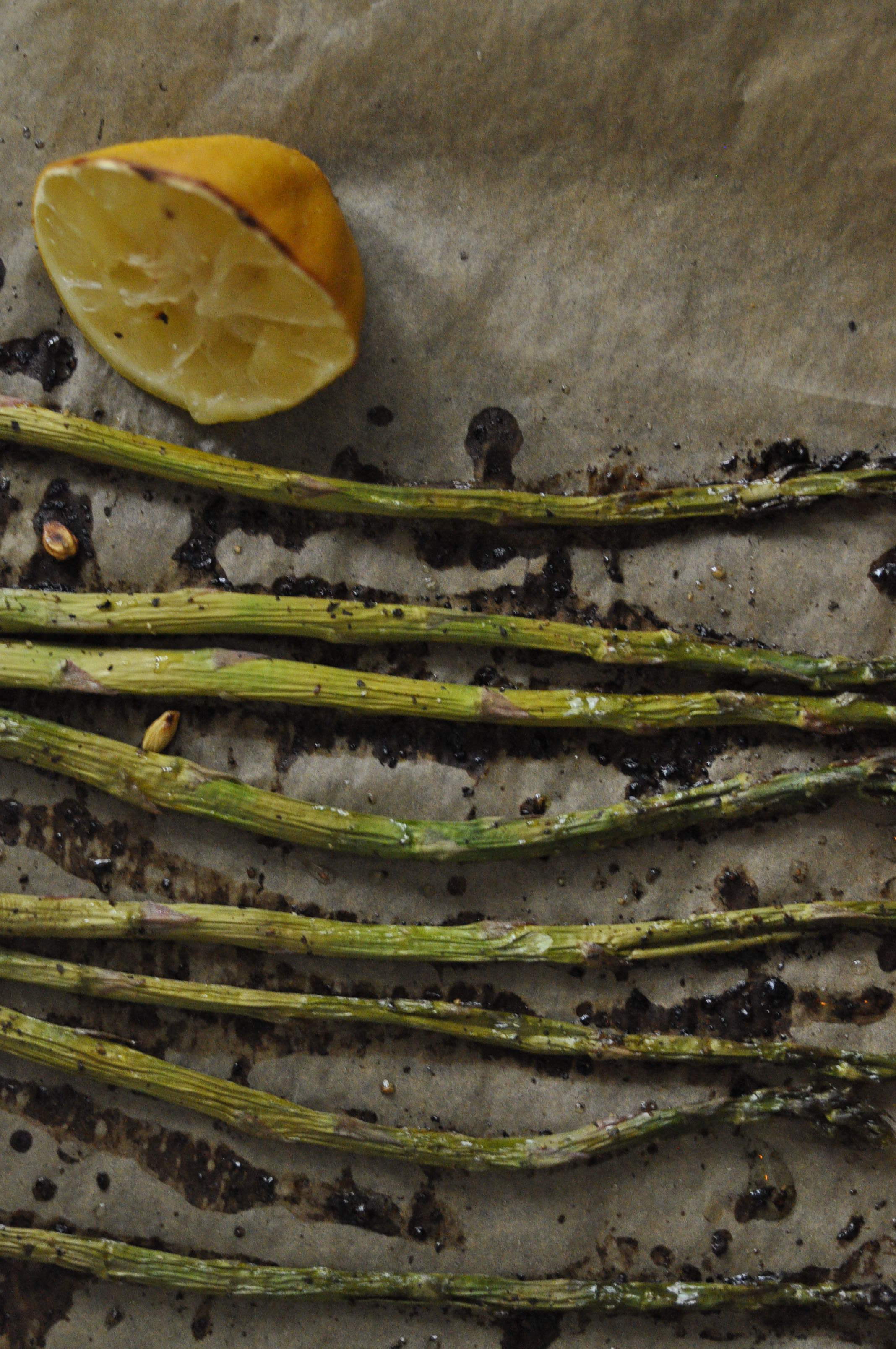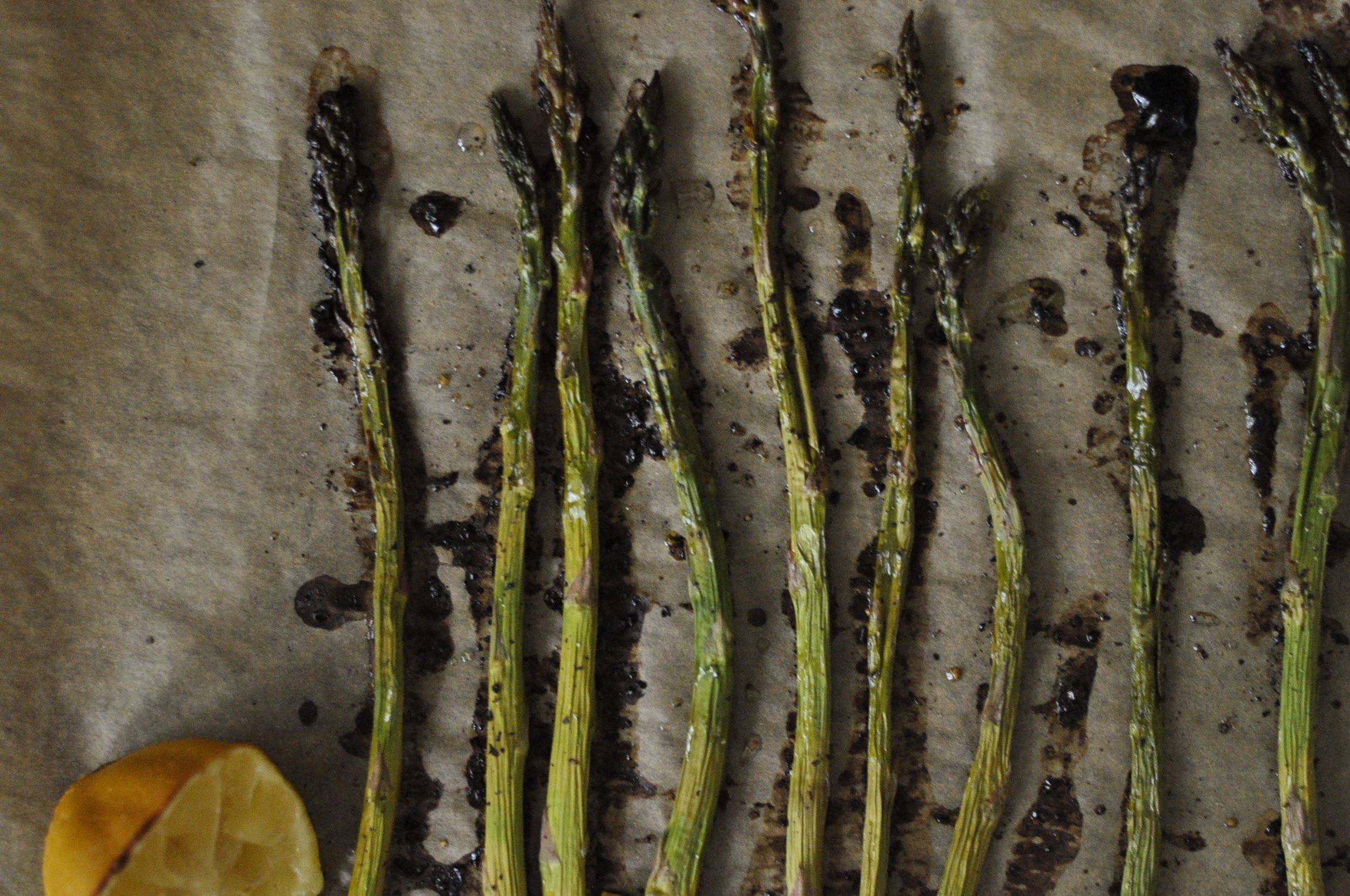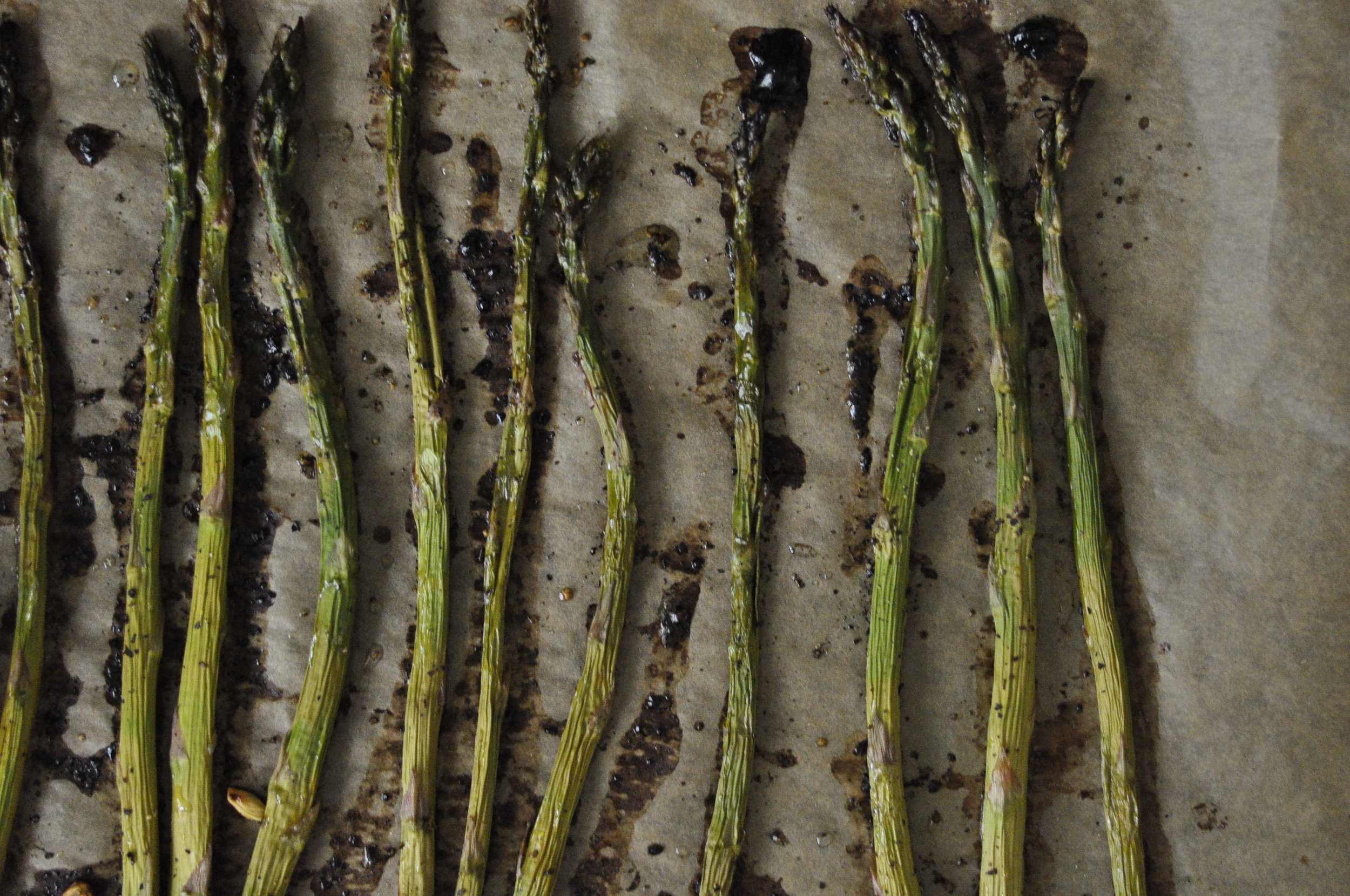I love a good, green juice. I purchase juice from local juice bars and I enjoy it, I won't deny that, but I will never tell you to drink juice for weight loss. Nor will I tell you to drink juice to cleanse, detox, to cure your cold, or speed up your metabolism.
The belief that juice can cleanse your body is a mainstay in the popular health conversation and many latch on to the idea with a type of emotional desire for juice to be the answer to every physical and mental problem they've ever encountered. (Like on Instagram when you see a post of a green juice paired with an inspirational quote and someone standing on the side of a mountain solving all their problems.) All joking aside, I understand how juice has a health halo. Walk into a juice bar and you just feel healthy. It's the kind of feeling you get when you walk into a farmers market or step foot on an organic farm. Maybe it's all the fresh produce, the colors, the smell, the fact that we rarely see that many fruits and vegetables in one spot in our day-to-day lives. But then you see the claims written on the wall (actually written on the wall) and in the pamphlets - "Juicing is a great way to lose weight!" or "Juicing will detox your body and increase your energy!" ugh.
Let's break it down. Fresh juice is a concentrated source of nutrients. Logically this makes sense. You take a few pounds of any fruit or vegetable and press it into juice then yes, you will end up with a liquid that is packed with nutrients and some of those may even be more bioavailable. You'll also end up with a liquid that is a concentrated source of calories. The missing component? Fiber. Arguably one of the most important nutrients when it comes to weight loss. Fiber contributes to satiety, it helps to keep you full, plays a role in the prevention of chronic disease, and more research is showing the important connection between fiber and the gut microbiome. Curious to learn more? See links below:
Article 1: "...a high-fiber content diet stimulates variations in the gut microbiota towards performing several beneficial functions such as protection from inflammation, obesity, diabetes, heart disease, and high blood pressure."
Article 2: "A handful of studies have shown that people who eat more fiber have a greater diversity in their microflora—and having greater diversity means these individuals have more varied types of bacteria strains residing in their gut..."
Juice and the Promise of Detox
There is no scientific evidence to support the need to go on a juice cleanse to detox the body. What we do know is that there are toxins in our environment (exotoxins) and there are toxins created by normal processes in our bodies (endotoxins). Fortunately for us, the healthy human body is efficient in removing toxins via sweat, urine, respiration, and stool. We also have these important organs called the kidneys and liver that aid in detoxification processes.
A juice cleanse is not going to enhance the detoxification process and in fact, some argue it could hurt the natural detox processes already in place. For example, if we know that foods with fiber also contain prebiotics that are beneficial in feeding the good bacteria in the gastrointestinal tract then wouldn't it make sense that eliminating those sources of prebiotics may negatively impact the gut microbiome which in turn leads to impaired gastrointestinal function?
Simply put, if you're concerned about toxins in your environment then begin to identify the ones of most concern and take steps to eliminate them. Are you eating too much added sugar? Then move away from the processed foods with added sugar and more toward whole foods. Do you drink too much alcohol? Do you smoke? Are you not exercising as much as you should? Do you eat a diet high in saturated and trans fats? All of these questions are important when it comes to a natural detox. It's about supporting your health with the foods you eat and the life you live on a consistent basis. It isn't about going on a juice cleanse for five days and then right back to your toxic habits. Avoid the "cleanse" and work to build healthier habits to have a greater impact over the long-term.
If I'm Not Doing a Juice Cleanse - What Am I Doing?
Now that we all agree to avoid juice cleanses, what's next? This may sound counter intuitive, but if you love juice, drink it! Just make it a part of your total diet, not the sole component. Even better, if you want a drinkable fruit then try a smoothie. Smoothies include the entire fruit (hello fiber!) and they're still packed with nutrients. You can add veggies like spinach, sweet potatoes, kale, or even squash for a nutrient and fiber boost. But be sure to avoid the added sugar like honey and other syrups and stick to the natural sweetness of fruit. The key is to make drinking juice and/or smoothies a part of your diet while still eating whole fruits and vegetables.

